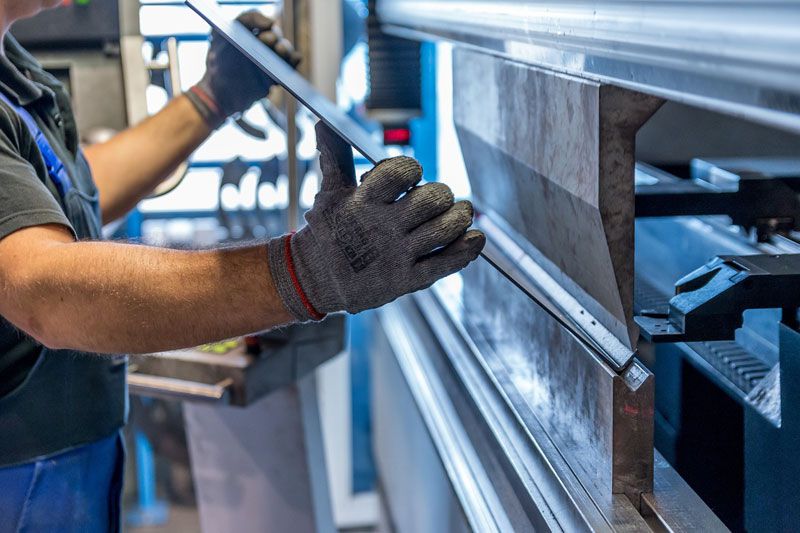Steel, one of the world’s most widely used construction materials, is deeply intertwined with the modern built environment. However, its production has long been associated with high energy consumption and significant carbon emissions. As global concerns about sustainability and climate change intensify, the steel industry is undergoing a transformative shift towards greener and more sustainable practices. This article will look into how sustainability and steel are converging to forge a greener future.
1. Sustainable Sourcing of Raw Materials
Sustainability in steel production begins with the sourcing of raw materials. Traditionally, iron ore mining and coking coal have been essential components of steelmaking, both of which have environmental consequences. Sustainable practices in this context involve responsible mining, reclamation of mining sites, and the use of recycled scrap metal as a primary feedstock. Recycling steel not only conserves resources but also reduces energy consumption and carbon emissions.
2. Energy Efficiency and Carbon Reduction
The steel industry has recognized the need to reduce its carbon footprint. High-temperature processes, such as blast furnaces, have historically been energy-intensive and carbon-emitting. Sustainable steel production involves transitioning to more energy-efficient methods, like electric arc furnaces (EAFs), which use electricity rather than carbon-intensive coke to melt scrap metal. Additionally, the development of hydrogen-based reduction processes is being explored as a way to reduce emissions further.
3. Carbon Capture and Utilization (CCU)
Carbon capture and utilization technologies are gaining traction in the steel industry. These technologies capture carbon emissions from steel production processes and convert them into valuable products, such as chemicals or building materials. This not only reduces emissions but also provides economic incentives for carbon capture.
4. Circular Economy and Recycling
The circular economy concept is transforming the way steel is used and recycled. Instead of being discarded after their intended use, steel products and structures are increasingly being designed for easy disassembly and recycling. Steel’s inherent recyclability means it can be recycled indefinitely without compromising its quality. Embracing a circular economy approach minimizes waste, conserves resources, and reduces the need for virgin steel production.
5. Eco-Friendly Coatings and Treatments
To protect steel structures from corrosion and extend their lifespan, coatings and treatments are applied. Sustainable options include water-based coatings with low volatile organic compound (VOC) content, which are less harmful to the environment. Additionally, developments in nanotechnology are leading to more efficient and environmentally friendly corrosion-resistant coatings.
6. Green Building Practices
In construction, steel plays a vital role in creating sustainable and energy-efficient buildings. The use of steel framing systems allows for flexible and open floor plans, maximizing natural light and ventilation. Moreover, steel’s durability and strength contribute to the longevity and resilience of structures, reducing the need for replacements and repairs.
7. Certification and Standards
Sustainability certifications and standards are shaping the steel industry. Organizations like the World Steel Association have established sustainability principles and reporting frameworks to help steel producers track and improve their environmental performance. Compliance with these standards signals a commitment to sustainability and transparency in the industry.
8. Research and Innovation
Continuous research and innovation are driving sustainability in the steel industry. Investment in cleaner production processes, advanced materials, and the exploration of new steelmaking technologies are ongoing efforts to reduce the industry’s environmental impact further. Collaboration between steel manufacturers, researchers, and governments is crucial in accelerating these advancements.

Reblog It collaborates closely with clients to develop tailored guest posting strategies that align with their unique goals and target audiences. Their commitment to delivering high-quality, niche-specific content ensures that each guest post not only meets but exceeds the expectations of both clients and the hosting platforms. Connect with us on social media for the latest updates on guest posting trends, outreach strategies, and digital marketing tips. For any types of guest posting services, contact us on reblogit.webmail[at]gmail.com.
